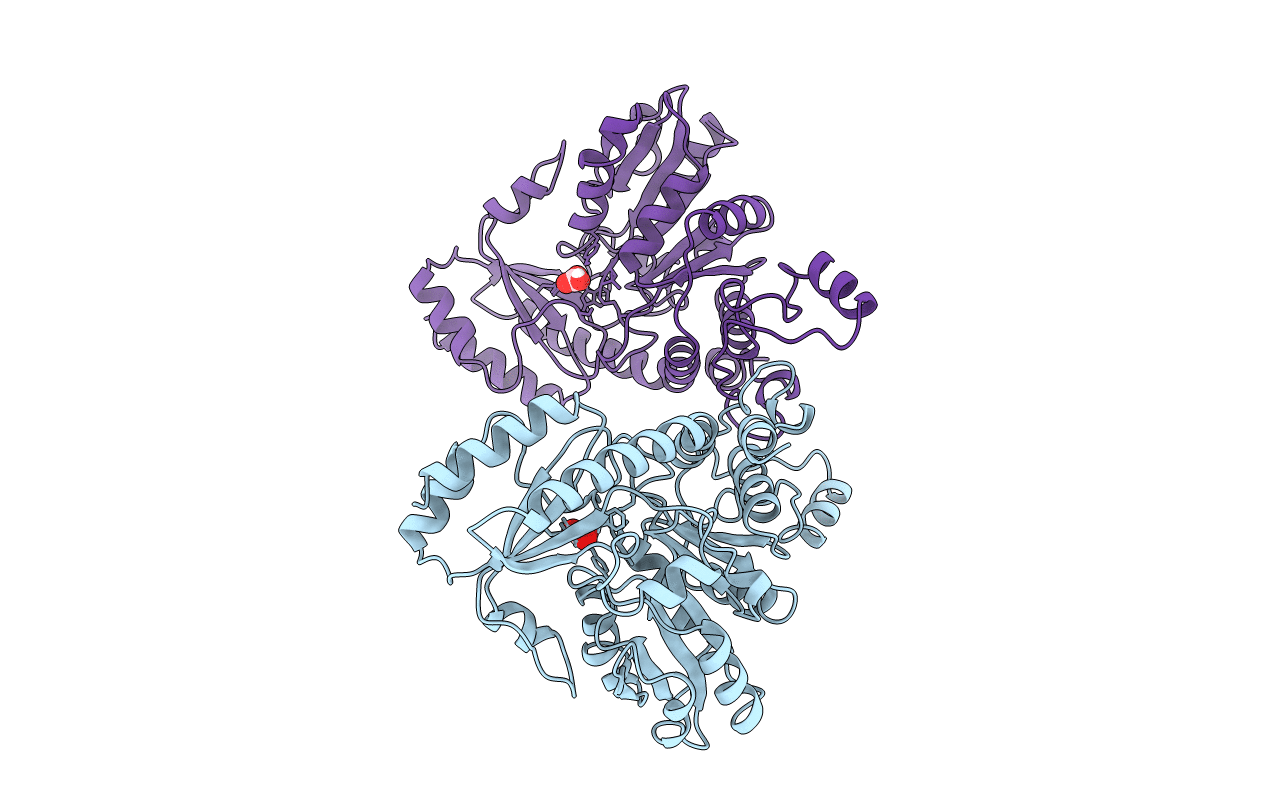
Deposition Date
1997-09-02
Release Date
1998-09-09
Last Version Date
2023-11-15
Entry Detail
PDB ID:
1CL1
Keywords:
Title:
CYSTATHIONINE BETA-LYASE (CBL) FROM ESCHERICHIA COLI
Biological Source:
Source Organism:
Escherichia coli (Taxon ID: 83333)
Host Organism:
Method Details:
Experimental Method:
Resolution:
1.83 Å
R-Value Free:
0.22
R-Value Work:
0.15
R-Value Observed:
0.15
Space Group:
C 2 2 21


